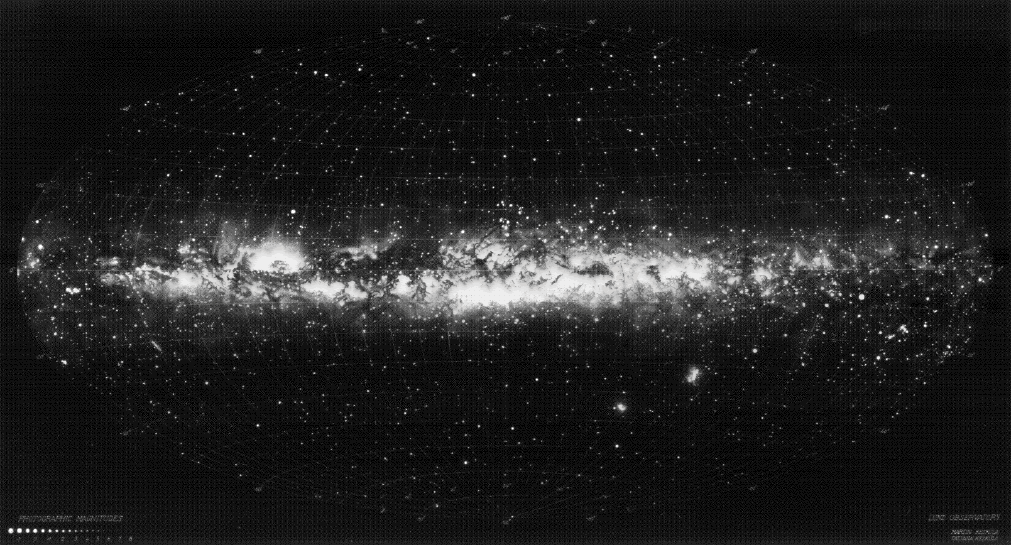I have some questions, mostly about what is viewed of our own galaxy (termed in English 'the milky way') from earth.
1) Where in this Galaxy is our solar system? (in regards to the full spiral of it, and moreso regarding the 'arm' formations in that part).
2) I read that our own Galaxy is a Barred Spiral. Wiki gives me the info that this mostly means that the Galaxy has in its center a bar-like formation of closely placed stars. What does this mean in regards to the absolute core of the Galaxy? (ie in relation to the theory that its core is a supermassive black hole). Image of the types of galaxies follows in the spoiler, from wiki.

3) How much of our own Galaxy spiral is visible from any point on our planet?
*
The reason i got interested is due to it being relatively nice to know some basic stuff about the local Galaxy as i plan to briefly refer in the next seminar on Democritos and his views (he was mainly an astronomer), one of which was that the Galaxy was a collection of closely placed stars (it seems that before him, that view in the sky was thought of being something other than star collections). His concurrent, Anaxagoras, is notable for first arguing that stars are 'massive fiery cores' which are very distant from the earth (so we are not burned by their heat), although he appears to have thought they were themselves smaller than the entire earth.
1) Where in this Galaxy is our solar system? (in regards to the full spiral of it, and moreso regarding the 'arm' formations in that part).
2) I read that our own Galaxy is a Barred Spiral. Wiki gives me the info that this mostly means that the Galaxy has in its center a bar-like formation of closely placed stars. What does this mean in regards to the absolute core of the Galaxy? (ie in relation to the theory that its core is a supermassive black hole). Image of the types of galaxies follows in the spoiler, from wiki.
Spoiler :

3) How much of our own Galaxy spiral is visible from any point on our planet?
*
The reason i got interested is due to it being relatively nice to know some basic stuff about the local Galaxy as i plan to briefly refer in the next seminar on Democritos and his views (he was mainly an astronomer), one of which was that the Galaxy was a collection of closely placed stars (it seems that before him, that view in the sky was thought of being something other than star collections). His concurrent, Anaxagoras, is notable for first arguing that stars are 'massive fiery cores' which are very distant from the earth (so we are not burned by their heat), although he appears to have thought they were themselves smaller than the entire earth.




